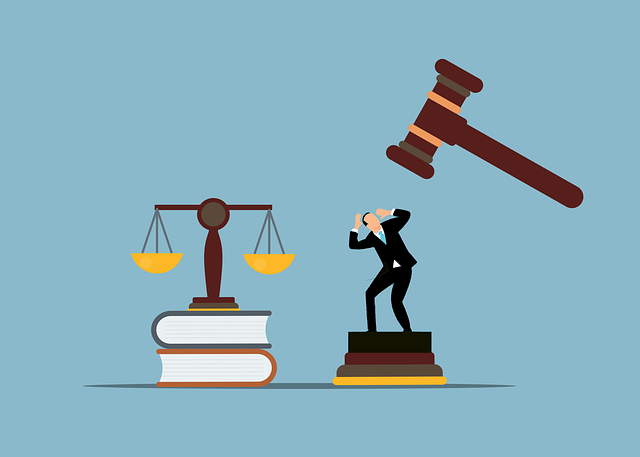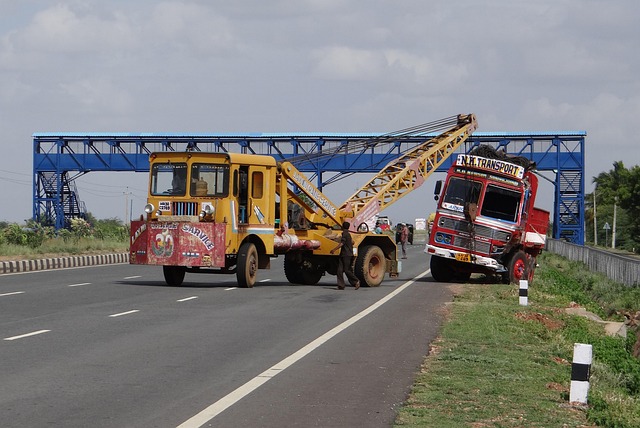In a bicycle accident, an insurance claim adjuster assesses damages, gathers evidence, and determines claim value, affecting compensation. Adjusters review police reports, interview witnesses, and visit the scene. Insurers may use tactics like "discrediting the claimant" or underestimating costs to minimize compensation. Cyclists should gather crucial info (photos, witness statements, injury docs), understand local laws, seek prompt medical attention, keep detailed records, stay calm, assertive, and informed to navigate complex bicycle accident insurance claims effectively.
In the aftermath of a bicycle accident, navigating the complexities of an insurance claim can be daunting. This article provides a comprehensive guide for cyclists, offering insights into the world of insurance claim adjusters and their role in settling bicycle accident claims. We’ll explore common tactics insurers employ to undermine valid claims and equip you with powerful strategies to protect your rights and secure just compensation for your injuries.
- Understanding Insurance Claim Adjusters and Their Role in Bicycle Accidents
- Common Tactics Used by Insurers to Undermine Bicycle Accident Claims
- Strategies for Cyclists to Navigate and Win Their Insurance Claims
Understanding Insurance Claim Adjusters and Their Role in Bicycle Accidents

When involved in a bicycle accident, one of the key figures you may encounter is an insurance claim adjuster. These professionals play a pivotal role in managing and resolving claims related to various types of accidents, including those involving cyclists. Their primary responsibility is to assess the damages, gather evidence, and determine the value of the claim, which can significantly impact how much compensation the cyclist receives.
Adjusters are trained to investigate different scenarios, from minor fender benders to more severe cases like truck accidents or slip and fall injuries. In bicycle accidents, they carefully examine factors such as liability, the extent of injuries sustained by the cyclist, and any property damage incurred. This process involves reviewing police reports, conducting interviews with witnesses, and potentially visiting the accident scene to better understand the circumstances that led to the incident. Understanding these tactics can empower cyclists to navigate the claims process more effectively and ensure their rights are protected.
Common Tactics Used by Insurers to Undermine Bicycle Accident Claims

Insurers often employ various tactics to undermine bicycle accident claims, aiming to minimize compensation for victims. A common strategy is questioning the validity of the injury by casting doubt on the claimant’s motive or the extent of their injuries, a tactic known as “discrediting the claimant.” They may also try to shift blame, suggesting that the cyclist’s actions contributed to the accident, even if they were not at fault due to factors like inadequate road design or a driver’s negligence.
Another common approach is underestimating the cost of medical treatment and rehabilitation. Insurers might pressure claimants into accepting low settlements by claiming that their injuries are not as severe or that treatments are unnecessary, which can be particularly challenging for cyclists who may face extensive medical bills due to potential head injuries or other serious trauma. These tactics can be frustrating for victims, especially when dealing with the physical and emotional aftermath of a bicycle accident, making it crucial for claimants to understand their rights and seek legal advice to navigate these complex insurance interactions effectively.
Strategies for Cyclists to Navigate and Win Their Insurance Claims

When involved in a bicycle accident, cyclists should be prepared to navigate complex insurance claim processes. The first step is to gather all necessary information—this includes taking detailed photos of the scene, recording witness statements, and documenting any injuries sustained. These initial actions can significantly strengthen their bicycle accident insurance claim.
Additionally, understanding one’s rights and the legal framework surrounding bicycle accident insurance claims is crucial. Cyclists should be aware of local laws regarding liability and compensation. Seeking medical attention promptly and keeping detailed records of treatment is also vital, as it establishes a clear chain of events and potential medical negligence or medical malpractice. Moreover, in cases where the other party or their insurance company tries to blame the cyclist due to partnership disagreements or other distractions, staying calm, assertive, and informed can help ensure a fair outcome.
In the wake of a bicycle accident, navigating an insurance claim can be challenging. Understanding the tactics employed by insurers and knowing the strategies to employ can level the playing field for cyclists. By being informed about their rights and armed with knowledge of common industry tricks, cyclists can confidently navigate their claims, ensuring fair compensation for their injuries and damages. Remember, knowledge is power when it comes to dealing with insurance claim adjusters.





